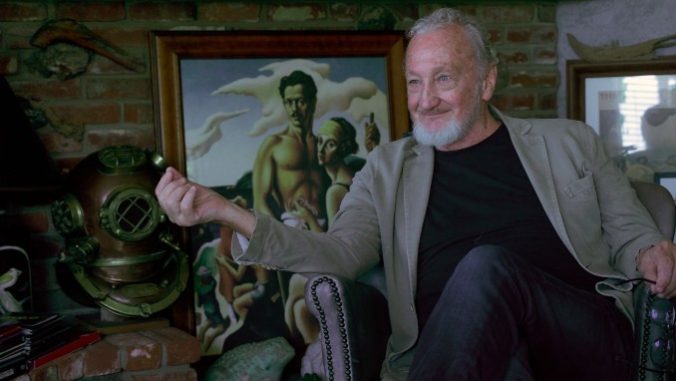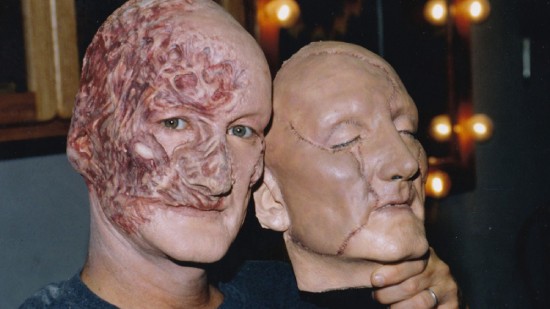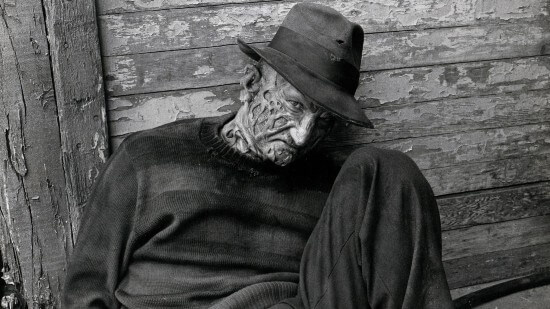Hollywood Dreams and Nightmares: The Robert Englund Story Is a Thorough Look at a Remarkable Career
The doc is a horror fan’s treat, and a look back at ’70s Hollywood alchemy

The only thing I can think, when I see slasher movies about murderers who are built like brick shithouses is: How much fun must it be to be that guy?
Plenty of actors are of the opinion that playing villains is way more fun than being the hero, and there are certainly actors for whom a big ugly mug and a beastly physique are assets—ask Kane Hodder (as the filmmakers of new documentary Hollywood Dreams and Nightmares: The Robert Englund Story did). Englund, the man beneath the fedora (and pounds of prosthetic makeup) of Freddy Krueger from the Nightmare on Elm Street film series, is a unique specimen even in a lineup that includes Hodder or Boris Karloff or any of cinema’s indelible boogeymen. Englund, as the documentary shows viewers over the course of its two-hour runtime, looks like a regular guy, even kind of a sweetheart. It’s just that he’s such an incredible actor and genre stalwart that, more than 40 years into his screen career, he’s finally becoming known by name instead of just as That Guy Who Plays Freddy Krueger—and not just by horror enthusiasts.

Hollywood Dreams and Nightmares: The Robert Englund Story is an exhaustive, chronological history of Englund’s acting career, from his forays into stage acting as a youth to his current status as a hot get for horror films: The man’s output in the last 15 years alone (without even counting all of his voiceover work) is prolific across the board, but he continues to be a draw in horror movies and genre TV shows like Supernatural and Stranger Things.
If you wonder why—wonder what it is about this bright-eyed man with a disarming smile that’s made him a horror icon—Hollywood Dreams and Nightmares is here to make several arguments. One that is repeated time and again by everybody in the doc, from fans to costars and co-creators across five decades, is that Englund is a really generous guy with his time, his praise and his expertise. Talking heads from throughout Englund’s career—Heather Langenkamp, Eli Roth, Slipknot’s Corey Taylor, Lin Shaye, and Hodder are just a handful of notables—all have a story about a time Englund’s kindness and professionalism carried them through a tough situation.
The other common thread that the doc and its talking heads come back to again and again is just that the guy can act far better than the industry has ever really given him credit for. “Robert,” opines one interviewee, “is better than anything he’s been in.” The movie does the man a service by going back over his years of training and work as a journeyman character actor in ’70s flicks to show how he became the consummate professional he now is. In doing so, it’s also a (far too brief) look back at a wild and transformative period in Hollywood.
Englund came up during the gritty years following the true upending of Hollywood’s golden age, a time of counterculture, when new blood was making new movies, with experimental, non-traditional methods and sensibilities. Englund, who shared the screen with Jeff Bridges, Susan Sarandon and Burt Reynolds in his time, was at the center of some of that Hollywood alchemy. The doc retells one particularly notable bit of trivia: Englund read for Star Wars but didn’t get a part, though he did recommend that a friend of his give the audition a shot. That friend was Mark Hamill (who obviously did get a part, and, funnily enough, has also gone on to portray an iconic ghoulish baddie).
-

-

-

-

-

-

-

-

-

-

-

-

-

-

-

-

-

-

-

-

-

-

-

-

-

-

-

-

-

-

-

-

-

-

-

-

-

-

-

-









































